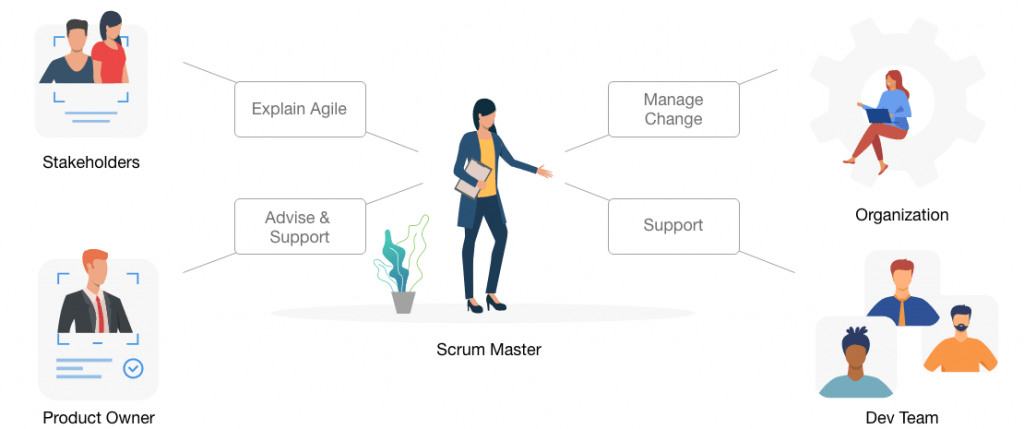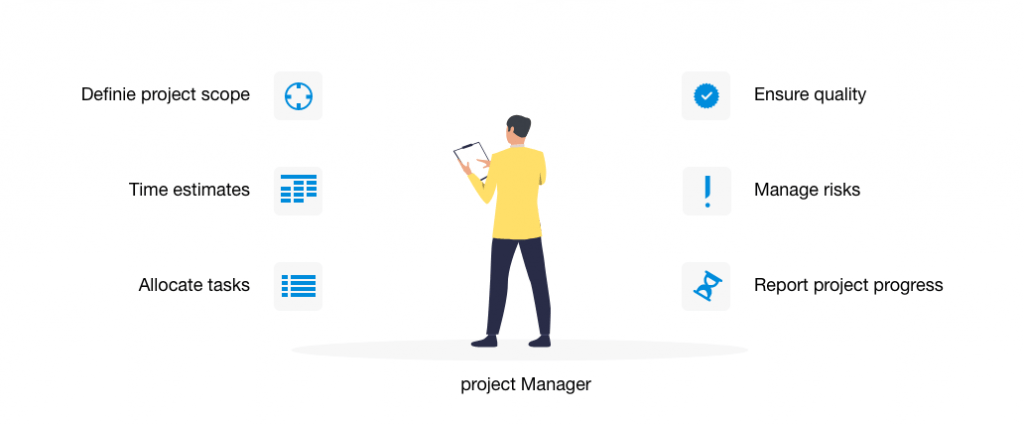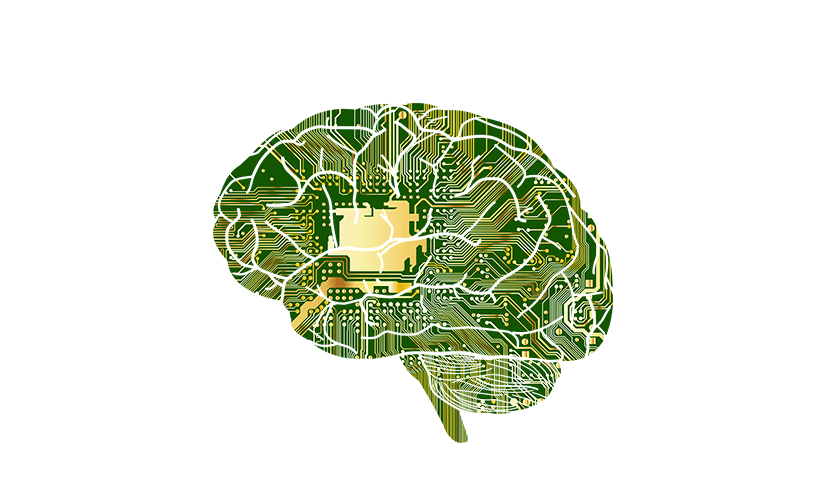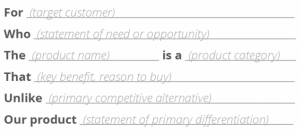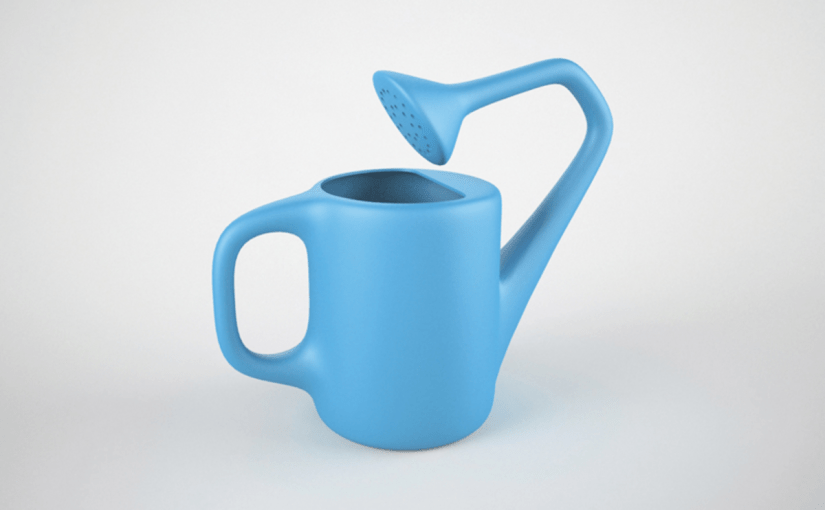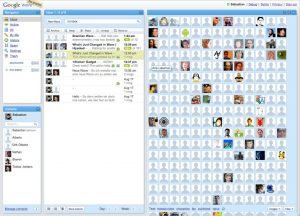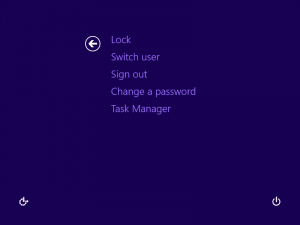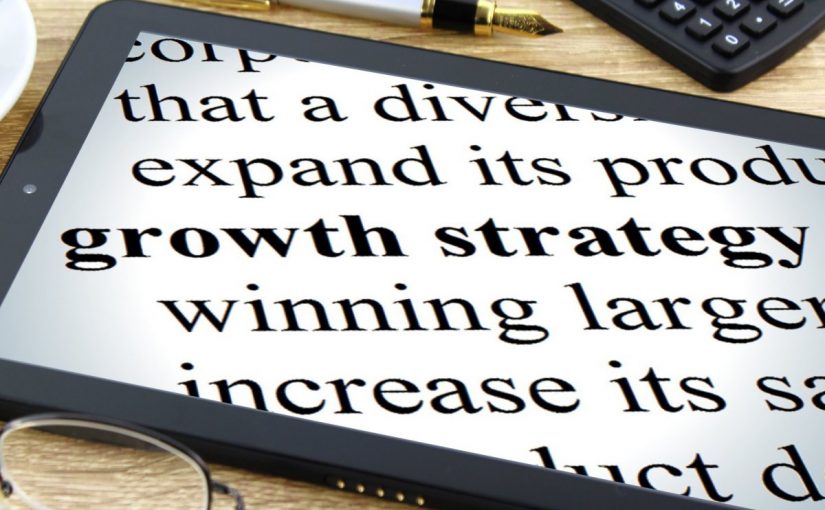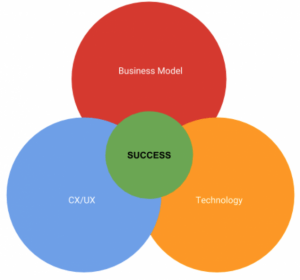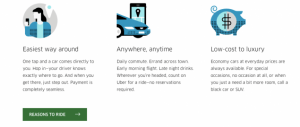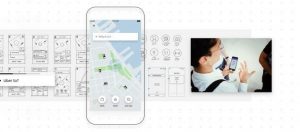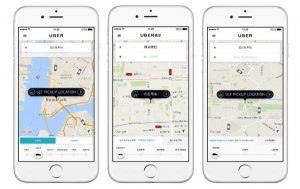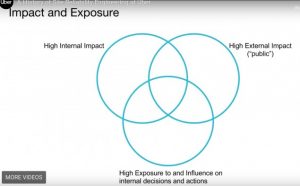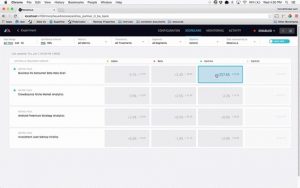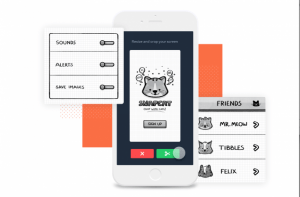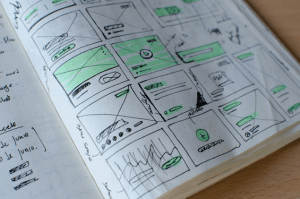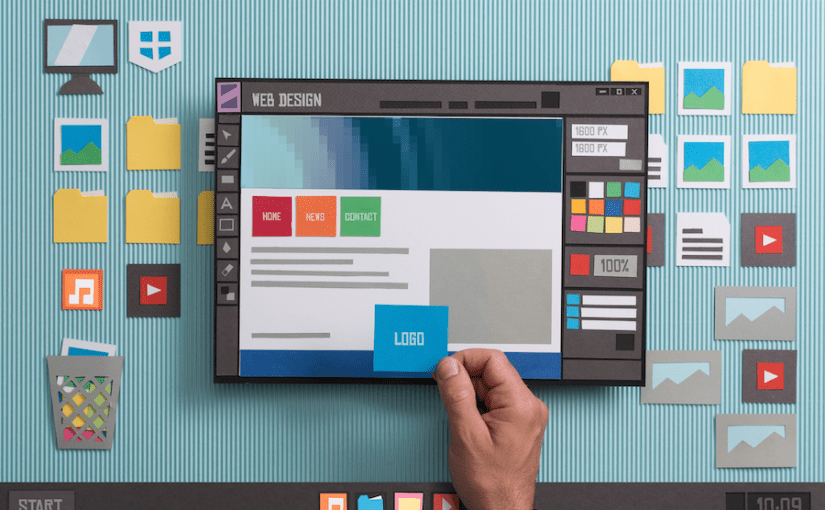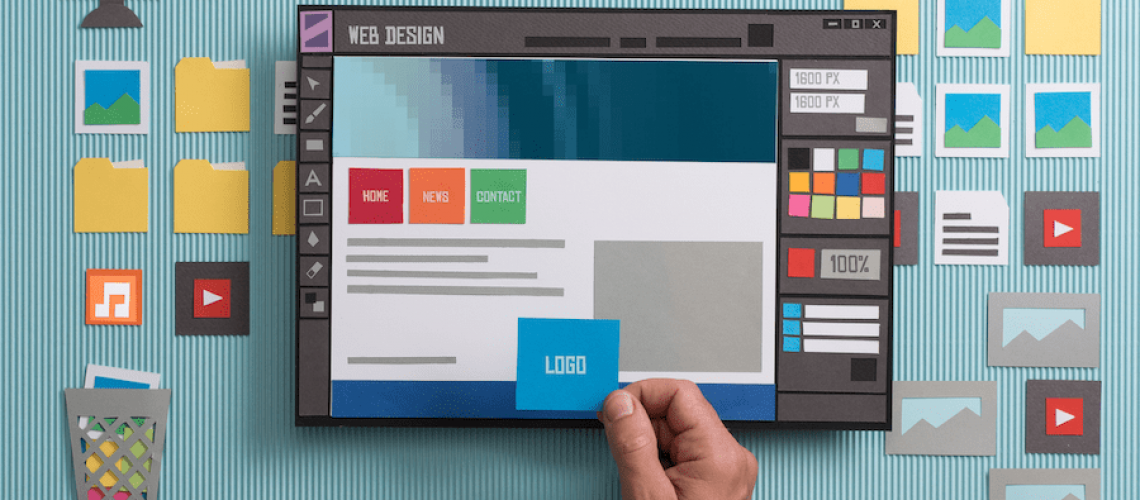

Attrecto team
Celebrating Customer Centricity with ARCET Global
It all started with an apartment purchase.
Mark Hamill, the CEO of ARCET Global met our Chief of Business, Benedek, in our hometown and HQ of Győr. Mark was looking for an apartment to buy, and Benedek was incidentally selling his. Naturally, as business-minded people they discussed work, and they quickly realized that there’s a significant overlap in both organizations’ portfolio: customer experience forms the core of our companies’ mission, and a customer-centric mindset permeates both ARCET and Attrecto. It became obvious that there’s plenty of room for cooperation.
This story occurred last August, and since then much has happened. Yes, Mark bought Benedek’s apartment, but their meeting has set other things in motion as well.
We signed a Memorandum of Understanding in November last year, and today Attrecto is heavily engaged in helping ARCET in setting up two of the largest celebrations of CX in Europe and North America: the European and North American Customer Centricity Awards, organized by none other than ARCET Global
But before we jump into the awards, let’s see who ARCET Global is and what they do exactly!
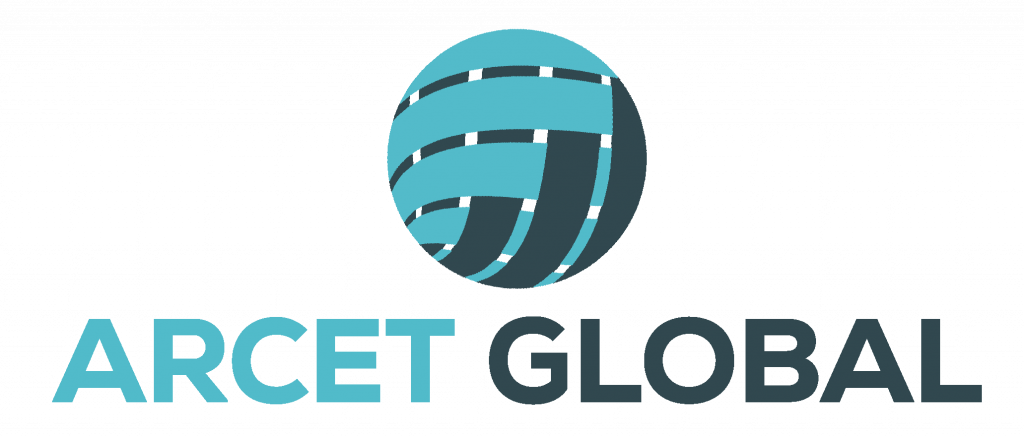
Helping Organizations Do Better, Customer-Centric Business
ARCET Global was founded on the simple yet hard-to-master tenet of aiding organizations of all kinds become better at their business through learning, recognition, and the building of business communities. They enable clients and partners to create customer-centric business practices that lead to amazing, personalized CX, which ultimately makes customers come back for more.
They are a group of professionals celebrated for their expertise in CX-driven and customer-centric solutions; they are truly passionate about improving business through transformational events, awards, and training.
But how do they accomplish all this?
They run recognition programmes across the world and provide training as well as additional CX programmes. In our partnership, for example, recognition plays a major role, as we promote the Awards to our existing customer base, while ARCET promotes Attrecto (and other partners) at the Awards themselves – as well as during the marketing campaigns that lead up to them.
Specifically in Europe, ARCET works with a broad network of companies, including consultancy firms, financial institutions, media and marketing agencies, and even IT companies like us.
Challenges in Central Eastern Europe
We asked Mark about the common challenges that companies face in our broader region of Central Europe and Central Eastern Europe. With what sort of problems do companies hailing from around here approach ARCET?
The answer was hard-hitting: it’s the lack of customer-centricity stemming from a systemic and mentality-related structure of roadblocks.
Sure enough, we’re talking about a region that was part of the Eastern Bloc until the collapse of the Soviet Union. Customer focus was never a true concern of any business that operated in the bloc’s unique economic and political constellation. Nevertheless, the issue is rooted deeper than a historical heritage that is slowly being left behind.
When it comes to Customer Experience in the CEE region, it certainly falls flat as a result of a lack of empathy. This is systemic from the management who deem people as ‘workers’ as opposed to people. This lack of empathy is passed onto the customers in almost every customer interaction, which leads to friction and lowers the likelihood of complaints being dealt with properly or professionally, too.
As such, it comes as no surprise that this region is lagging behind in customer-centric solutions compared to the rest of the world. And yet although CX is quite new around here, and organizations still have a lot of catching up to do, they’re going on about it at a relatively quick pace.
And since those decades of experience that the rest of the world gained compared to this region is palpable, there is a desire in most companies in CEE to perform better and become customer-focused. However, another obstacle blocking progress is that CX professionals are still in shortage around here.
Mark told us that organizations from the CEE region come to them to learn how to accomplish a full-scale CX transformation. They want to become customer-centric from marketing through sales to operations in order to bring in a steady stream of customers. The problem is that they often get no qualified support from leadership – not because they don’t want to, but simply because they don’t know-how.
Educating organizations on CX and teaching how to acquire and retain new customers is one of the most sought-after services that ARCET offers. However, success in this regard is not possible without the proper recognition, which brings us to the importance of the Customer Centricity Awards.

The Customer Centricity Awards
ARCET Global organizes three Awards annually: the European, the North American, and the World Series Customer Centricity Awards.
In a nutshell, all these events are among the largest virtual CX knowledge-sharing events in both Europe and North America; 2 entire days of celebration filled to the brim with business practice stories, more than 100 real-world case studies, thought-provoking presentations, and incredible networking opportunities.
The idea is to get these organizations together – both big and small – and allow them to learn the best ways from one another and see how a CX transformation can make any company a truly customer-centric organization.
But how does it work exactly?
For each entry, a comprehensive case study is required that describes what the participant organization has been doing lately in terms of customer experience; what was that pioneering new strategy, practice, or trend that they initiated, implemented, and which led to a much more customer-focused operation?
After receiving all the entries, ARCET picks the finalists who are usually announced a month after the entry deadline. The finalists then have to bring their case study to life and show it via a video presentation.
As such, the conference itself becomes a veritable treasure trove of customer experience best practices (with over 30 hours’ worth of video content), stories, and ideas. During the finals, where all the video presentations are exhibited, an independent panel of judges score the finalists’ entries, picking the best of the best in customer-centricity.
With over 400 participants from well over 100 organizations, the conference presents an incredible opportunity to share knowledge and learn from peers from a multitude of industries.
Of course, due to COVID-19, the Awards have been forced into virtual space since last year, but that didn’t take away from the luster of the event. If anything, it made it possible for even more interested CX enthusiasts from across the globe to join the conference and learn. ARCET also brought an award-winning production house on board, who will be directing and producing the Awards Ceremony of both events this year. Furthermore, every video presentation will be accumulated on an online portal and made available for free to attendees for up to 7 days after the event.
As for us, we will attend both the European as well as the North American Customer Centricity Awards, with a bit more focus on getting ready for the European CC Awards which is coming this September. Last year, the Awards boasted 32 countries from all over Europe, which meant that all European countries were represented. And that is actually not a big surprise, given that the European CC Awards is known as THE CX Awards conference in the continent.
ARCET is expecting the same number of countries, organizations, and participants this year as well from industries such as telecom, utilities, finance, insurance companies, retail, and even hospitality.
And what does the CEO hope from this year’s Customer Centricity Awards series?
Mark explained that education is the driving principle behind the Awards. They are aiming to provide as many opportunities for knowledge-sharing as possible in order to help all participants and organizations level up their CX and gain the recognition they deserve. The idea is to sit down and learn best practices in CX, which they then can use to achieve their business goals. And all the while, the entire conference is meant to be a pleasant, enjoyable, and captivating experience (could it be any other way from grandmaster CX teachers?) where participants can build new business connections.

The World Series Awards
That’s the gist of the Customer Centricity Awards that we’re helping to promote to our clients and partners. But what about the World Series event?
It’s the World Cup in customer-centricity.
The World Series Awards hosts winners from the two regional awards in spring each year – this means that the winners of the European and North American Awards in 2021 will have the chance to face off at the World Series event come spring 2022. However, you can also tune in to this year’s World Series Awards next month, on 18 and 19 May.
If you’re interested in any of the CC Awards, make sure to add these dates to your calendar!
Registration / Entry Deadline | 6 May 2021 | 3 June 2021 | |
Finalists Announced | 3 June 2021 | 1 July 2021 | |
Virtual Conference | 15 September 2021 | 27 October 2021 | 18 May 2021 |
Virtual Awards Ceremony | 16 September 2021 | 28 October 2021 | 19 May 2021 |
Naturally, we are more than excited about the coming months and what they mean for us as well the world of Customer Experience. The scope of these CC Awards is breathtaking; they truly showcase the world’s most customer-centric companies as well as the practices that elevate them above all others in providing amazing CX.
In the meantime, we will be preparing and making sure our own CX-driven solutions continue to meet the high standards of these events.
Visit ARCET’s website to see how they can help you perfect your CX in order to bring in and retain customers!

Download your free guide for development process in UX driven projects





